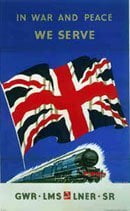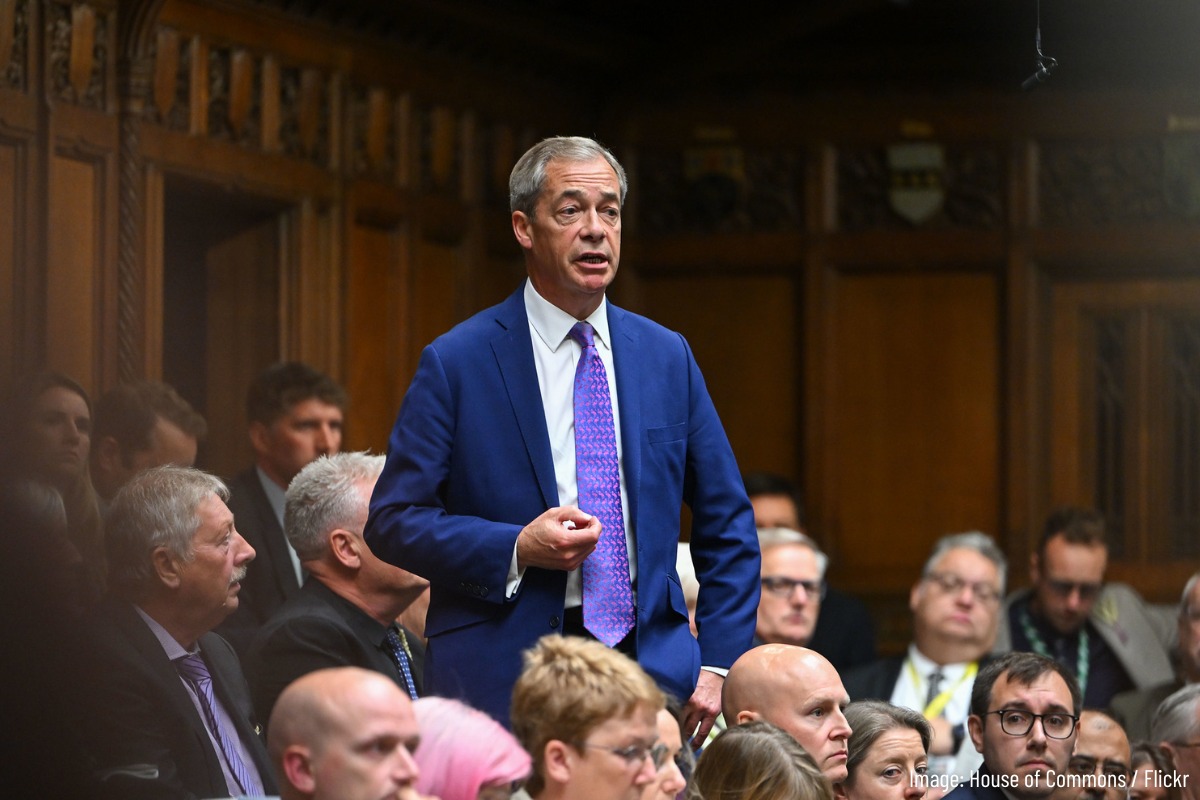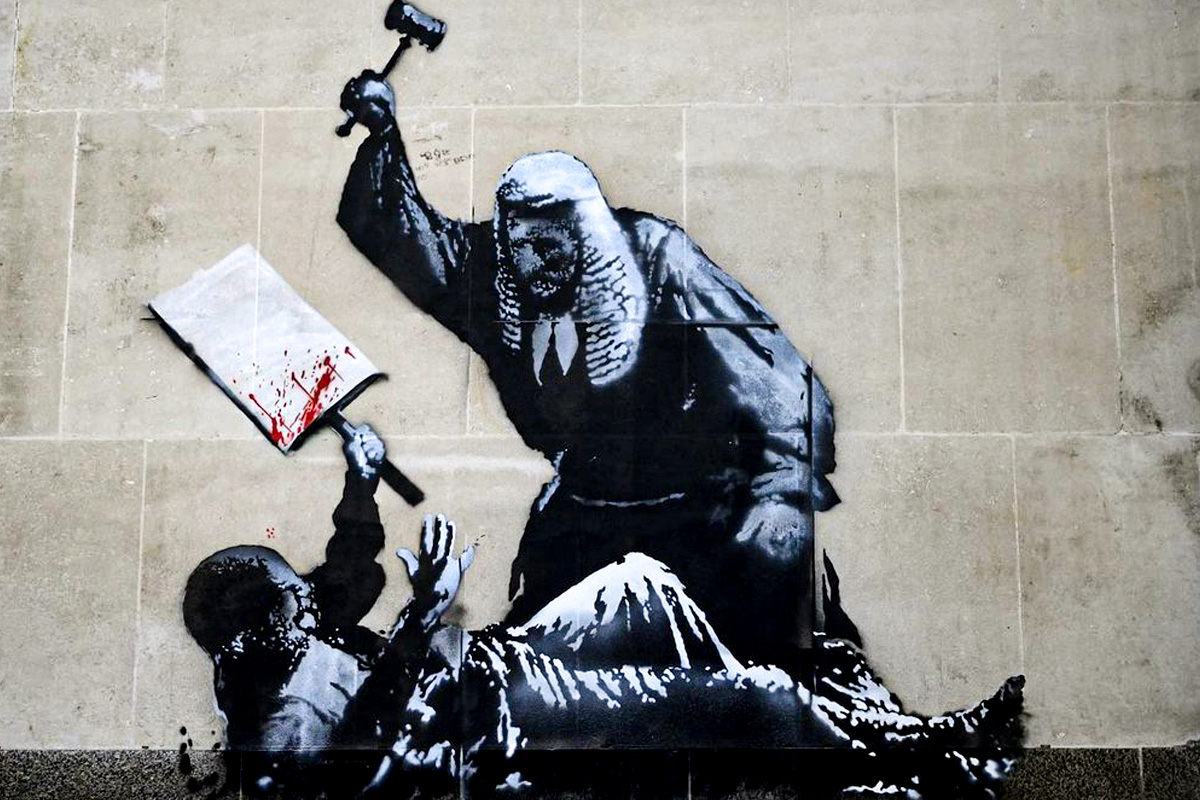|
|
Sixty years ago on 1st January 1948, Railway companies up and down the country were nationalised. They were not necessarily nationalised for ideological reasons, but because the vast majority were on the brink of bankruptcy and the privately owned rail companies were hindering the development of the British economy after the Second World War. The railway network is vitally important to our economy. At the time the view was that you cannot plan what you don’t control and you can’t control what you don’t own. That view still holds true today.
Fifty years later there had been massive amounts of public investment that would not have accrued if private ownership continued. Just then the benefits of public ownership of a whole number of industries came into question. The Tories argued that nationalised industries were costly to taxpayers and passengers; that the public monopolies were not in our interest; that competition would make the railways run more efficiently. Privatisation was a win-win situation. Why had no one thought of it before?
So the Conservative government in the 1980s was dominated by an ideology of ‘private ownership good, public ownership bad’. They used reports by right wing organisations, that promoted the destruction of collectivism and social responsibility in favour of individualism and private ownership, that have led us to where we are today.
‘The Right Lines’
In 1987 the Adam Smith Institute produced a discussion document called ‘The Right Lines’, on the possibility of privatising the railways. The view was that privatisation of the railways would lead to dramatic reductions, if not phasing out, of public funding. An infrastructure company would be able to build new lines or re-open closed lines on commercial grounds. ‘Naturally no subsidy would ever be paid should these new lines make a loss’. They concluded that, ‘The franchising of local lines as provincial profit-centres will benefit local authorities, taxpayers and passengers alike in addition to keeping the provincial sector on their toes’.
So, after more than ten years of privatisation, have taxpayers and passengers benefited? Has competition made things more efficient? Has everything turned out rosy as we were promised?
The recent government white paper (July 2007) states, ‘it has been the taxpayer who for the past several years has funded expenditure increases’ and ‘taxpayers have stepped in to provide the additional funding’. The fact is since privatisation there has been a consistent increase in the proportion of rail cost funding by the taxpayer, and a pattern of 25-35% cent subsidy in the second half of the 1990s has become 40-50% since 2000. Direct subsidy at 2006 prices in 1996/97 was £2 billion; in 2005/06 it was £6 billion. Total spend on renewals between 2000 and 2005/06 has been £14 billion.
The taxpayers
The Railtrack debacle (see “Railway chaos”) has cost the taxpayers additional £1¼ billion each year in funding until 2009. The government intends to support the private rail companies with direct grants of £14 billion from 2009-2014. This does not include the government funding an additional 1,300 new carriages and £150 million for modernisation of 150 stations. There are number of other forms of indirect funding that have taken place, like the alleged unpaid tax by some rail companies of over £1 billion. To get to the bottom of the total amount the government has subsidised the privatised railway system is not an easy task.
Passengers should have benefited from all this money. The public performance measure indicates that in 1997/98 the percentage of trains arriving on time for all operators was 89.7%. This dipped to 79.1% by 2001, with reliability currently standing at 88%. Passengers in excess of capacity stood at 4.1% above in 2004. Overcrowding on many lines has caused problems.
In real terms fully- flexible price first and standard class open tickets (that were the norm), have increased by 46% and 18% in price respectively over the last ten years. In January 2008 regulated fares increased by 4.8% which was 0.6% above inflation, and last year regulated fares increased above inflation. Unregulated fares, which are 60% of fares, increased between 5.8% and 14%. The government are planning for passengers to pay more of a percentage of running the railway in the future. On top of that, the complexity of fares has increased since privatisation. Rail fares are being designed for passengers to pre-book like air travel, not to be the ‘turn up and go’ service it has always been. For those of us who use the latter method, fares have increased dramatically.
Those who argued that competition and efficiency would be two benefits have also been shown to be wrong. What was supposed to make the railways a competitive industry with customer choice has actually transformed the railways into private monopolies. The number of managers, lawyers and non-productive consultants, has dramatically increased making the railways less efficient. The amount of time and money spent on blaming someone else when things go wrong, rather than resolving the problem, is a major issue.
One group of people benefiting from privatisation are all the rail companies’ shareholders. Together the companies are making hundreds of millions in pounds of profits a year. Stagecoach like-for-like profits are up 26% to £184 million in 2006; Go-Ahead profits increased by 19.8% before tax to £110 million in 2007 – to name but two.
One could argue, that they are taking all the financial risk and therefore should benefit. In a lot of private businesses this could be true, but not in the railways. When Railtrack was failing, or when a train operating company can no longer run services, the government steps in to financially bail them out. This Labour government saved the Channel link by underwriting it with £3.7 billion in 1998. The private companies know that the railways are too important to let go to the wall financially, and the government will therefore step in and underwrite any major financial problem.
Privatised railway
So none of the promised benefits of a privatised railway have materialised. From a pure government/business prospective, should not conclusions be drawn? The taxpayer pays more now than when the railways were nationalised. That means the government pays more subsidies and has less control on how the railways are run. In effect we have the worst of both worlds. The Eddington Transport Study (December 2006) confirmed that ‘transport can impact on the performance of the economy and will ultimately impact on overall output’. Before Labour got elected a number of statements from future Ministers claimed they would renationalise the railways. Nothing ever came from their promises. So they have left us with the fact that government does not control and cannot plan a railway in a way that benefits the needs of people and an important part of the economy.
To plan the economy, nationalisation of the railways must take place. This then raises a whole number of other questions. Should compensation be given, if so how much? What is meant by nationalisation?
In selling the railway for less than its value we were robbed. Then to dig deeper in our pockets, paying more to private companies to run them for us, was adding insult to injury. The present so-called owners have made a fortune from privatisation, run it less efficiently and should not get one more penny of our money.
Nationalisation should not mean replacing a private manager for a public manager. This is what in effect was done in 1948. There are a number of different ideas as to what nationalisation should mean. The detail would best left to another article. The proposals below just suggest what interest groups should be involved in a socialist plan for the railways.
Who knows best
In 1948 the workers in industry were given no say in the running of the industry. They were bossed about just as they were under private ownership. Yet they are the people who know best in detail how the industry runs and how it can run better. Socialist Appeal argues for workers’ control for that reason, as we do for any publicly owned industry. But that does not mean the workers should run the industry in their own interests, as syndicalists advocate.
In 1948 we had bureaucratic nationalisation. It is correct that the government should have a role in deciding how the railways are run. They have to provide the money for investment. (As we have seen, they have to do this even under a privatised system.) They are the only power able to assess the needs and priorities of society as a whole. They should be directing and planning economic development over the whole country. And the railways are an important part of the economy. But the government should not just appoint managers who act as little dictators, as happened in 1948.
In the old nationalised industry, the helpful suggestions of the workforce and the criticisms and complaints of passengers were just set aside. In many areas local committees of commuters meet to add their voice to safeguarding the railway service. They should be given a say in decision-making. So should local authorities, who co-ordinate public transport as a whole within their boundaries. We need bus links with train arrivals. If the council is planning new housing development or an industrial estate, the public transport links have to be put in place.
These are details to be worked out. Together we can build a publicly-owned railway service that works for all of us.






